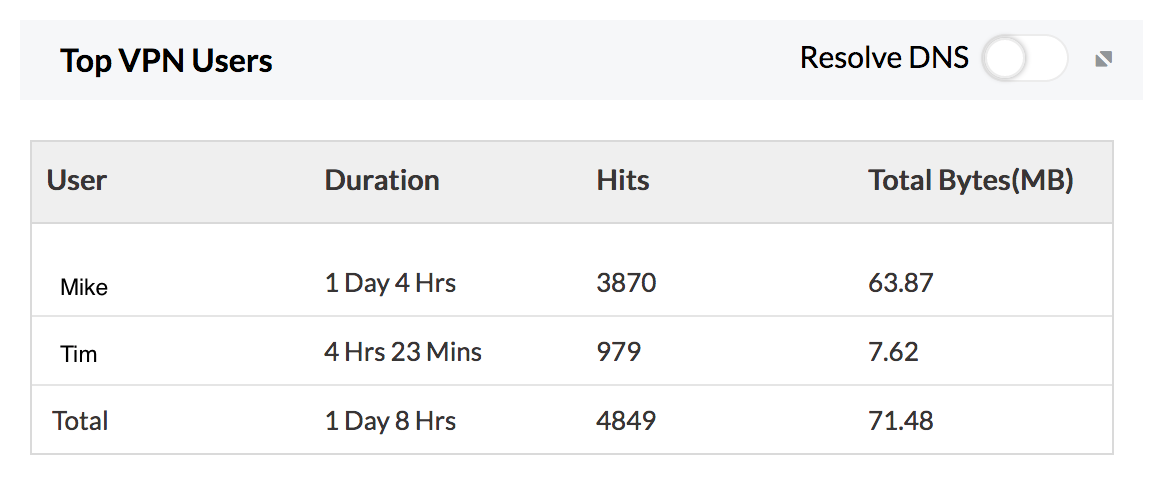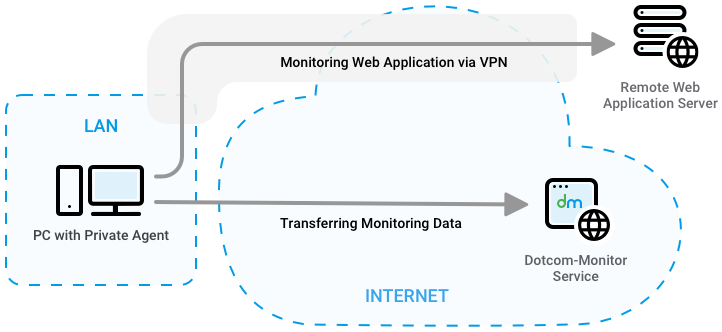

Use the displayed command to configure VPN Monitor using the CLI.
Vpn monitor in srx verification#
The optimized configuration setting causes the process to consider transit traffic through the tunnel as verification that the tunnel is operational. But this behavior can be modified through configuration so that the VPN monitor pings our remote host behind the peer gateway. By default, the peering address of the remote gateway is used. The VPN Monitor process periodically sends internet Control Message Protocol (or ICMP) requests to a configured remote address to verify reachability. VPN Monitor is a Juniper proprietary method for checking the health of a tunnel. Click on one of the buttons above to generate the configuration. Use the displayed command to configure DPD using the CLI. Fill out all required fields under all the tabs or on the network diagram.

This process is repeated at a regular interval, 10 seconds by default, but the interval counter is reset anytime data traffic is received over the tunnel.

The DPD device sends an IKE R-U-THERE message to the peer, and the peer response with an R-U-THERE-ACK message to verify its availability. set security ipsec vpn Avaya-Phones-VPN vpn-monitor.

Dead peer detection (or DPD), which operates securely over the Internet Key Exchange (or IKE) Phase 1 security association (or SA), is used to verify the current reachability and availability of the remote peer device. Tunnel between two Juniper Networks SRX210 Services Gateways in an Avaya Telephony environment. Use the displayed command to monitor IPsec VPN parameters using the CLI. Check the route table to verify that the next hop for IPsec VPN traffic is pointing to the st0.X interface. You can also view the traffic statistics for the st0.0 tunnel interface by clicking View Details at the top right and verify the traffic statistics and confirm that traffic is being sent through the bound IPsec tunnel. If there is a problem in establishing the IPsec tunnel, the st0 interface will not be in the Up state. Remember, a route-based IPsec VPN uses an st0 tunnel interface. If all counters are 0, then traffic is not traversing the tunnel. You can also view the IPsec statistics that specify the number of transit packet bytes that the device has encrypted and decrypted. Use the displayed commands to monitor IPsec VPN parameters using the CLI. On SRX-Branch set security ipsec vpn To-HUB vpn-monitor source-interface st0.0 set security ipsec vpn To-HUB vpn-monitor destination-ip 10.99.99. Its peer IP address will relieve the flapping. Change the vpn-monitor 'source-interface' and 'destination-ip' settings to the local st0.0. First, ensure that IKE status is Up, as shown. The cause of IPsec flapping is VPN monitoring. Once you commit all configurations, you must ensure that the tunnels are working properly. By the end of this module, you should be able to monitor site-to-site IPsec VPNs. For character-oriented or fixed-length interfaces, the number of inbound transmission units that contained errors preventing them from being deliverable to a higher-layer protocol.Welcome to the Monitoring Site-to-Site IPsec VPN module. (^Software Loopback Interface|^NULL*$|^o*$|^ystem$|^Nu*$|^veth+$|docker+|br-): Inbound packets with errorsįor packet-oriented interfaces, the number of inbound packets that contained errors preventing them from being deliverable to a higher-layer protocol. Macros used Nameįilter out loopbacks, nulls, docker veth links and docker0 bridge by default No specific Zabbix configuration is required.


 0 kommentar(er)
0 kommentar(er)
